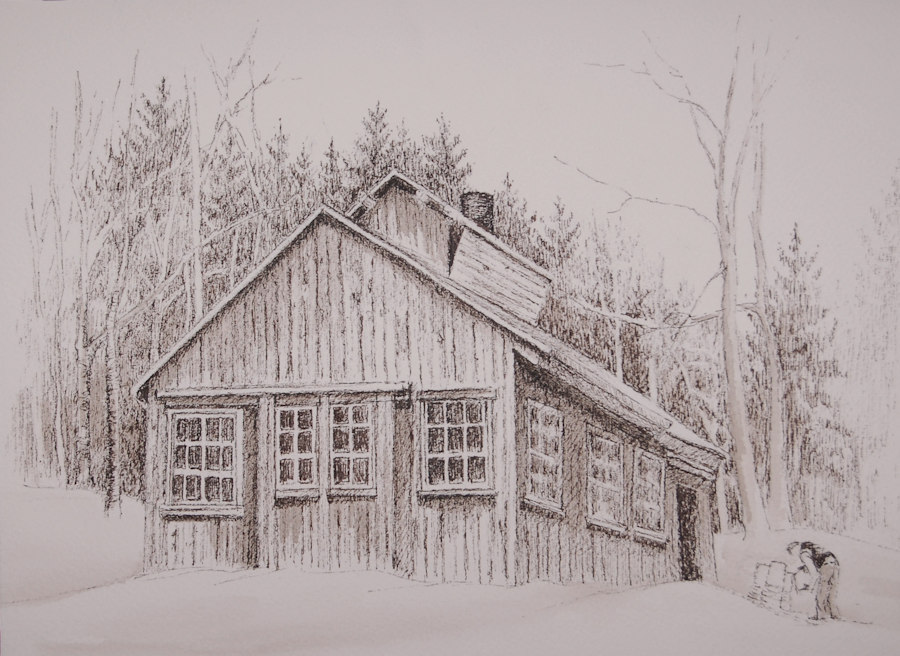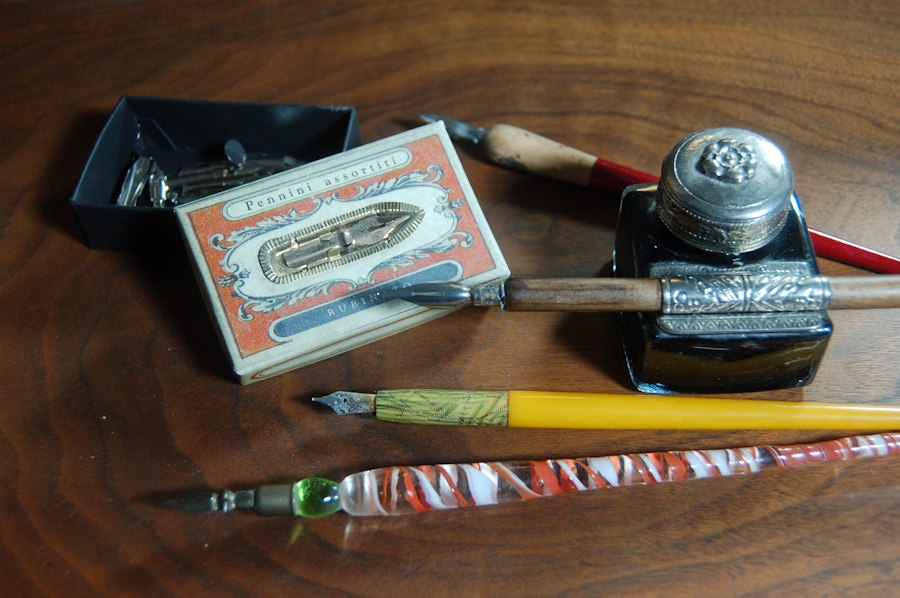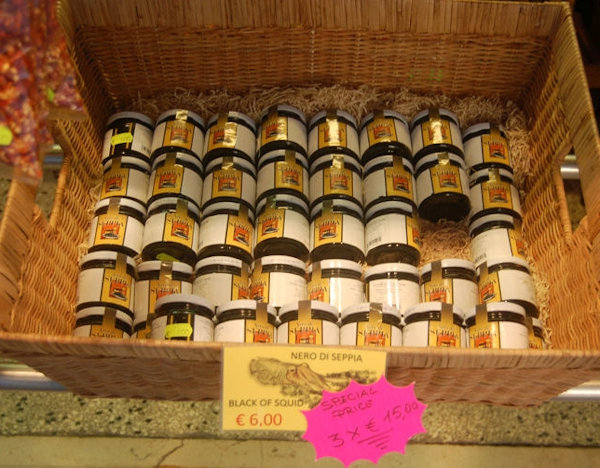|
At this time of year, some people roll up their sleeves and throw themselves into spring cleaning. They end up with an organized house and a sense of accomplishment. I’m not one of those people. I envy them, and I even make an effort, but then a drawing or a painting calls to me and I start thinking that the dust bunnies can wait. They’ve waited so long that no doubt they are full-sized dust rabbits by this time. But in one of my short-lived burst of spring cleaning, I came across this drawing, tucked away in a closet. I drew it a few years ago but thought I’d share it today because it suits the season—it’s a drawing of a traditional sugar shack, done in pen and ink.
A visit to the sugar bush is a rite of spring for me, and one that I’ve never outgrown. Yes, I’m the adult who is standing in line with the kids, waiting to eat maple syrup on snow. Because visiting the sugar bush is something that I have good memories of doing when I was a kid, I chose sepia ink for this drawing. Sepia ink has a warmth and a softness to it, and to my mind, that makes it more suited to nostalgic drawings than black ink.
A little bit of history . . . and pasta
Pen and ink drawings are quite traditional. Ink has a long history, dating back more than 40 centuries. Many ancient cultures formulated inks and had their own recipes for it. The ancient Egyptians made the first black ink by mixing a fine soot (called lampblack) with a vegetable gum.
The ancient Romans developed a purple ink called encaustum, from which the word ink is derived. They also made a dark brown ink called sepia from dried, powdered cuttlefish ink-sacs. Today’s inks are made from different sources, and although you may not be able to draw with cuttlefish ink, you can eat some for dinner if the mood strikes. If you have a well-stocked Italian grocery near you, you may have noticed a black pasta called nero di seppia, which means “black of the cuttlefish.” So while red pasta has been tinted with tomatoes, and green pasta has been tinted with spinach, black pasta has been tinted with cuttlefish. You can also find jars of it if you are an intrepid cook:
Today, artist-quality ink is available in the full spectrum of colours. My own favourites include antelope brown—just because of the name—and of course, sepia.
No cuttlefish were harmed in the making of this art.
0 Comments
Your comment will be posted after it is approved.
Leave a Reply. |
A brush with life
I love the smell of art supplies in the morning! This space is to share info about the materials and techniques that I am trying, as well as some pictures of my work in progress. Archives
August 2020
Categories
All
Copyright Jennifer Foster
|



 RSS Feed
RSS Feed